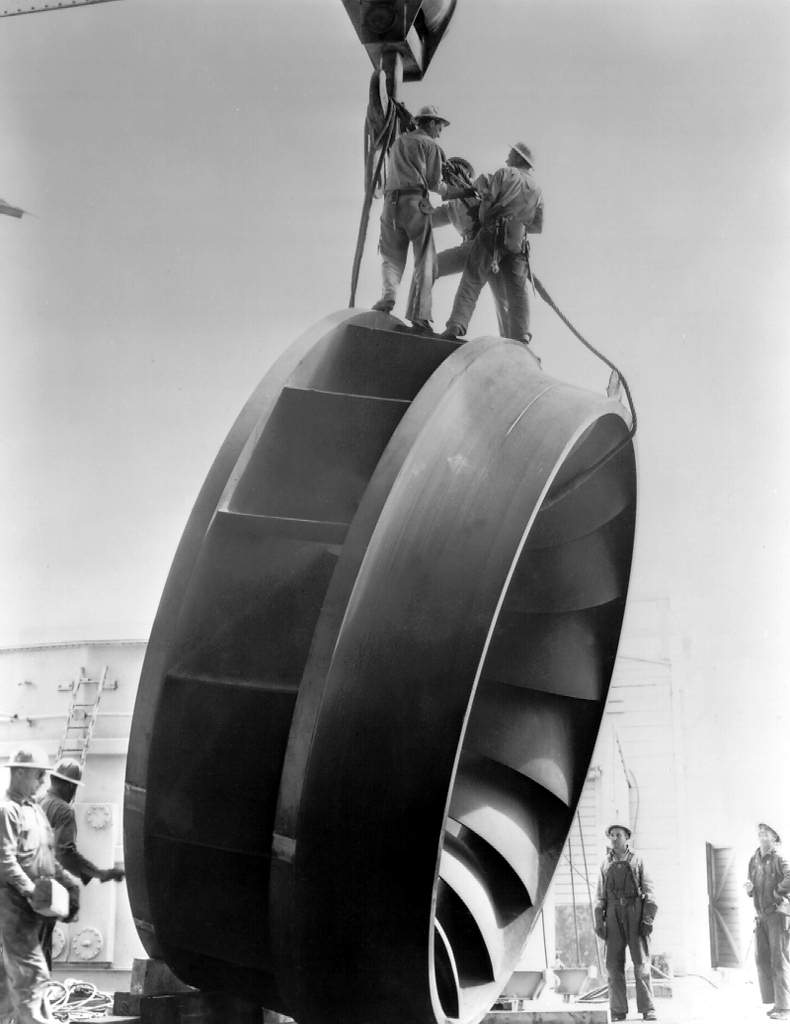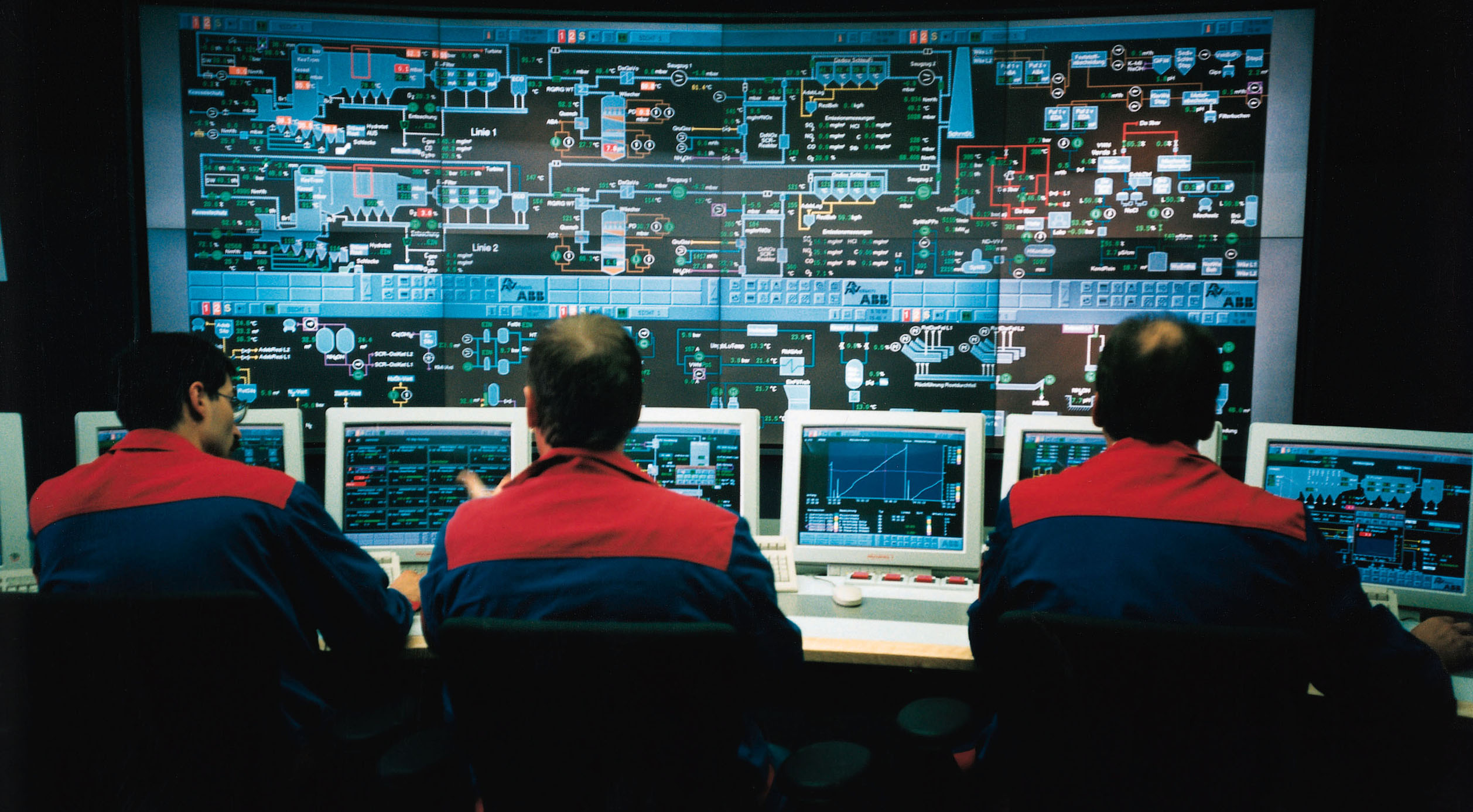|
Thermal Immersion Circulator
A thermal immersion circulator is an electrically powered device that circulates and heats a warm fluid kept at an accurate and stable temperature. It is used in process, environmental, microbiological, hazardous waste, and other laboratories. Since 2005 they have also been used for sous-vide food cooking, a method that uses airtight plastic bags in a water bath at accurately regulated temperatures much lower than usually used for cooking. A thermal immersion circulator comprises a circulator pump or motorized impeller to move the fluid, a heating element immersed in the fluid, an accurate temperature probe, and control circuitry which compares the measured temperature with the desired value and supplies power to the heater as required to stabilize the temperature. One of the laboratory brandsHuber states in their user manuals that the laboratory circulators should not be used for food or medical uses. A food-grade, rather than laboratory, circulator is advised for culinary use, ... [...More Info...] [...Related Items...] OR: [Wikipedia] [Google] [Baidu] |
Sous-vide
Sous vide (; French for 'under vacuum'), also known as low-temperature, long-time (LTLT) cooking, is a method of cooking in which food is placed in a plastic pouch or a glass jar and cooked in a water bath for longer than usual cooking times (usually one to seven hours, and up to 72 or more hours in some cases) at a precisely regulated temperature. The temperature is much lower than usually used for cooking, typically around for red meat, for poultry, and higher for vegetables. The intent is to cook the item evenly, ensuring that the inside is properly cooked without overcooking the outside, and to retain moisture. History Sous vide cooking is characterized by low-temperature cooking, a longer period of cooking than conventional cooking, a container (such as a plastic bag) that separates the food from its heating environment, and pressurized enclosure using full or partial vacuum. Low-temperature cooking was first described by Benjamin Thompson, Count Rumford in 1799. He u ... [...More Info...] [...Related Items...] OR: [Wikipedia] [Google] [Baidu] |
Plastic Bag
A plastic bag, poly bag, or pouch is a type of container made of thin, flexible, plastic film, nonwoven fabric, or plastic textile. Plastic bags are used for containing and transporting goods such as foods, produce, powders, ice, magazines, chemicals, and waste. It is a common form of packaging. Most plastic bags are heat sealed at the seams, while some are bonded with adhesives or are stitched. Many countries are introducing legislation to phase-out lightweight plastic bags, because plastic never fully breaks down, causing everlasting pollution of plastics and environmental impacts. Every year, about 1 to 5 trillion plastic bags are used and discarded around the world. From point of sale to destination, plastic bags have a lifetime of 12 minutes. Approximately 320 bags per capita were used in 2014 in the United States of America. Package Several design options and features are available. Some bags have gussets to allow a higher volume of contents, special stand- ... [...More Info...] [...Related Items...] OR: [Wikipedia] [Google] [Baidu] |
Circulator Pump
A circulator pump or circulating pump is a specific type of pump used to circulate gases, liquids, or slurries in a closed circuit. They are commonly found circulating water in a hydronic heating or cooling system. Because they only circulate liquid within a closed circuit, they only need to overcome the friction of a piping system (as opposed to lifting a fluid from a point of lower potential energy to a point of higher potential energy). Circulator pumps as used in hydronic systems are usually electrically powered centrifugal pumps. As used in homes, they are often small, sealed, and rated at a fraction of a horsepower, but in commercial applications they range in size up to many horsepower and the electric motor is usually separated from the pump body by some form of mechanical coupling. The sealed units used in home applications often have the motor rotor, pump impeller, and support bearings combined and sealed within the water circuit. This avoids one of the principal cha ... [...More Info...] [...Related Items...] OR: [Wikipedia] [Google] [Baidu] |
Impeller
An impeller or impellor is a rotor used to increase the pressure and flow of a fluid. It is the opposite of a turbine, which extracts energy from, and reduces the pressure of, a flowing fluid. In pumps An impeller is a rotating component of a centrifugal pump that accelerates fluid outward from the center of rotation, thus transferring energy from the motor that drives the pump to the fluid being pumped. The velocity achieved by the impeller transfers into pressure when the outward movement of the fluid is confined by the pump casing. An impeller is usually a short cylinder with an open inlet (called an eye) to accept incoming fluid, vanes to push the fluid radially, and a splined, keyed, or threaded bore to accept a drive shaft. It can be cheaper to cast an impeller and its spindle as one piece, rather than separately. This combination is sometimes referred to simply as the "rotor." Types Open impellers An open impeller has a hub with attached vanes and is moun ... [...More Info...] [...Related Items...] OR: [Wikipedia] [Google] [Baidu] |
Heating Element
A heating element converts electrical energy into heat through the process of Joule heating. Electric current through the element encounters resistance, resulting in heating of the element. Unlike the Peltier effect, this process is independent of the direction of current. Heating elements types Metal Resistance wire: Metallic resistance heating elements may be wire or ribbon, straight or coiled. They are used in common heating devices like toasters and hair dryers, furnaces for industrial heating, floor heating, roof heating, pathway heating to melt snow, dryers, etc. The most common classes of materials used include: * Nichrome: Most resistance wire heating elements usually use nichrome 80/20 (80% Nickel, 20% Chromium) wire, ribbon, or strip. Nichrome 80/20 is an ideal material, because it has relatively high resistance and forms an adherent layer of chromium oxide when it is heated for the first time. Material beneath this layer will not oxidize, preventing the wi ... [...More Info...] [...Related Items...] OR: [Wikipedia] [Google] [Baidu] |
Resistance Thermometer
Resistance thermometers, also called resistance temperature detectors (RTDs), are sensors used to measure temperature. Many RTD elements consist of a length of fine wire wrapped around a heat-resistant ceramic or glass core but other constructions are also used. The RTD wire is a pure material, typically platinum (Pt), nickel (Ni), or copper (Cu). The material has an accurate resistance/temperature relationship which is used to provide an indication of temperature. As RTD elements are fragile, they are often housed in protective probes. RTDs, which have higher accuracy and repeatability, are slowly replacing thermocouples in industrial applications below 600 ° C. Resistance/temperature relationship of metals Common RTD sensing elements for biomedical application constructed of platinum (Pt), nickel (Ni), or copper (Cu) have a repeatable resistance versus temperature relationship (''R'' vs ''T'') and operating temperature range. The ''R'' vs ''T'' relationship is defin ... [...More Info...] [...Related Items...] OR: [Wikipedia] [Google] [Baidu] |
Process Control
An industrial process control in continuous production processes is a discipline that uses industrial control systems to achieve a production level of consistency, economy and safety which could not be achieved purely by human manual control. It is implemented widely in industries such as automotive, mining, dredging, oil refining, pulp and paper manufacturing, chemical processing and power generating plants. There is a wide range of size, type and complexity, but it enables a small number of operators to manage complex processes to a high degree of consistency. The development of large industrial process control systems was instrumental in enabling the design of large high volume and complex processes, which could not be otherwise economically or safely operated. The applications can range from controlling the temperature and level of a single process vessel, to a complete chemical processing plant with several thousand control loops. History Early process control breakthr ... [...More Info...] [...Related Items...] OR: [Wikipedia] [Google] [Baidu] |
Laboratory Water Bath
A water bath is laboratory equipment made from a container filled with heated water. It is used to incubate samples in water at a constant temperature over a long period of time. Most water baths have a digital or an analogue interface to allow users to set a desired temperature, but some water baths have their temperature controlled by a current passing through a reader. Utilisations include warming of reagents, melting of substrates or incubation of cell cultures. It is also used to enable certain chemical reactions to occur at high temperature. Water baths are preferred heat sources for heating flammable chemicals, as their lack of open flame prevents ignition. Different types of water baths are used depending on application. For all water baths, it can be used up to 99.9 °C. When temperature is above 100 °C, alternative methods such as oil bath, silicone bath or sand bath may be used. Precautions * Use with caution. * It is not recommended to use water bat ... [...More Info...] [...Related Items...] OR: [Wikipedia] [Google] [Baidu] |
Bain-marie
A bain-marie (; also known as a water bath or double boiler), a type of heated bath, is a piece of equipment used in science, industry, and cooking to heat materials gently or to keep materials warm over a period of time. A bain-marie is also used to melt ingredients for cooking. History The name comes from the French or , in turn derived from the medieval Latin and the Arabic , all meaning 'Mary's bath'. In his books, the 300 AD alchemist Zosimos of Panopolis credits for the invention of the device Mary the Jewess, an ancient alchemist. However, the water bath was known many centuries earlier ( Hippocrates and Theophrastus). Description The double boiler comes in a wide variety of shapes, sizes, and types, but traditionally is a wide, cylindrical, usually metal container made of three or four basic parts: a handle, an outer (or lower) container that holds the working fluid, an inner (or upper), smaller container that fits inside the outer one and which ho ... [...More Info...] [...Related Items...] OR: [Wikipedia] [Google] [Baidu] |
Cooking Appliances
Cooking, cookery, or culinary arts is the art, science and craft of using heat to prepare food for consumption. Cooking techniques and ingredients vary widely, from grilling food over an open fire to using electric stoves, to baking in various types of ovens, reflecting local conditions. Types of cooking also depend on the skill levels and training of the cooks. Cooking is done both by people in their own dwellings and by professional cooks and chefs in restaurants and other food establishments. Preparing food with heat or fire is an activity unique to humans. Archeological evidence of cooking fires from at least 300,000 years ago exists, but some estimate that humans started cooking up to 2 million years ago. The expansion of agriculture, commerce, trade, and transportation between civilizations in different regions offered cooks many new ingredients. New inventions and technologies, such as the invention of pottery for holding and boiling of water, expanded cooking tech ... [...More Info...] [...Related Items...] OR: [Wikipedia] [Google] [Baidu] |








